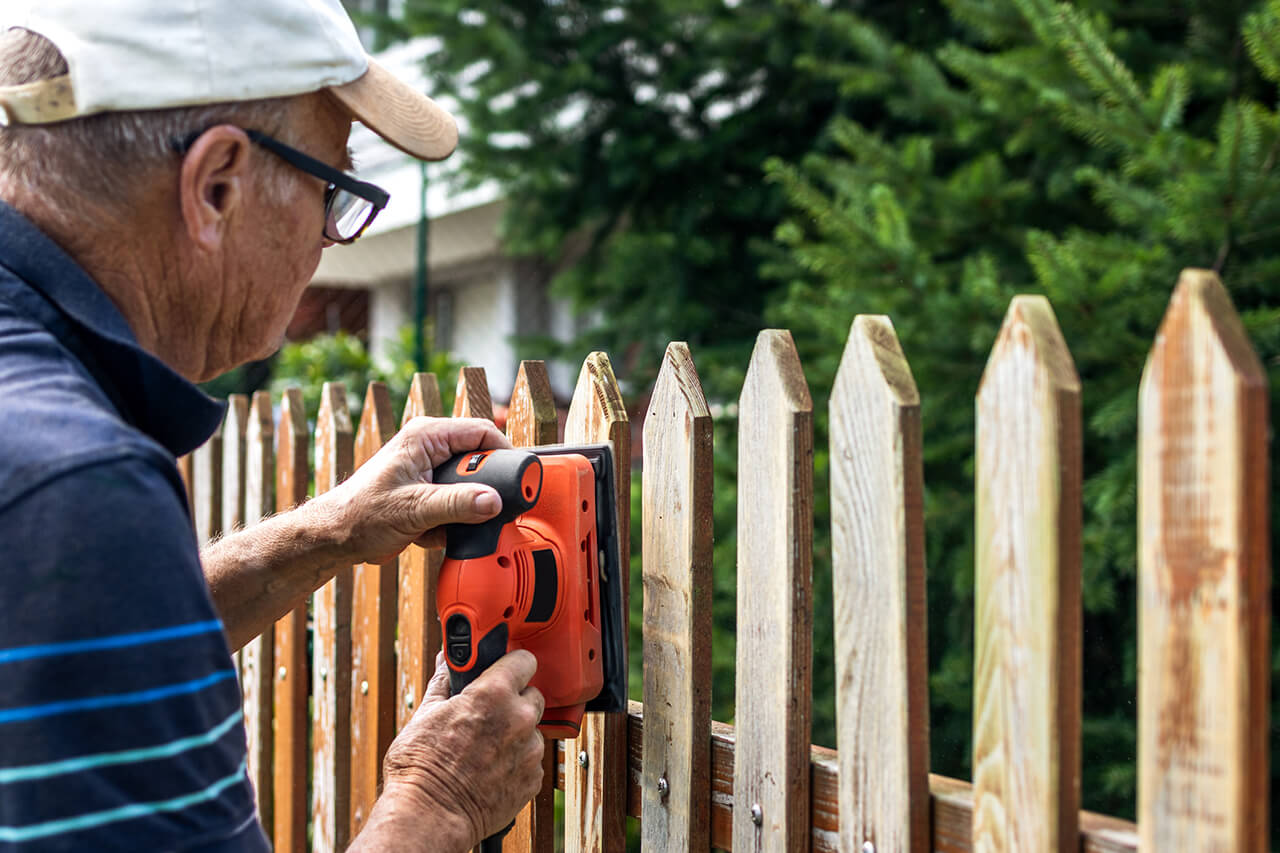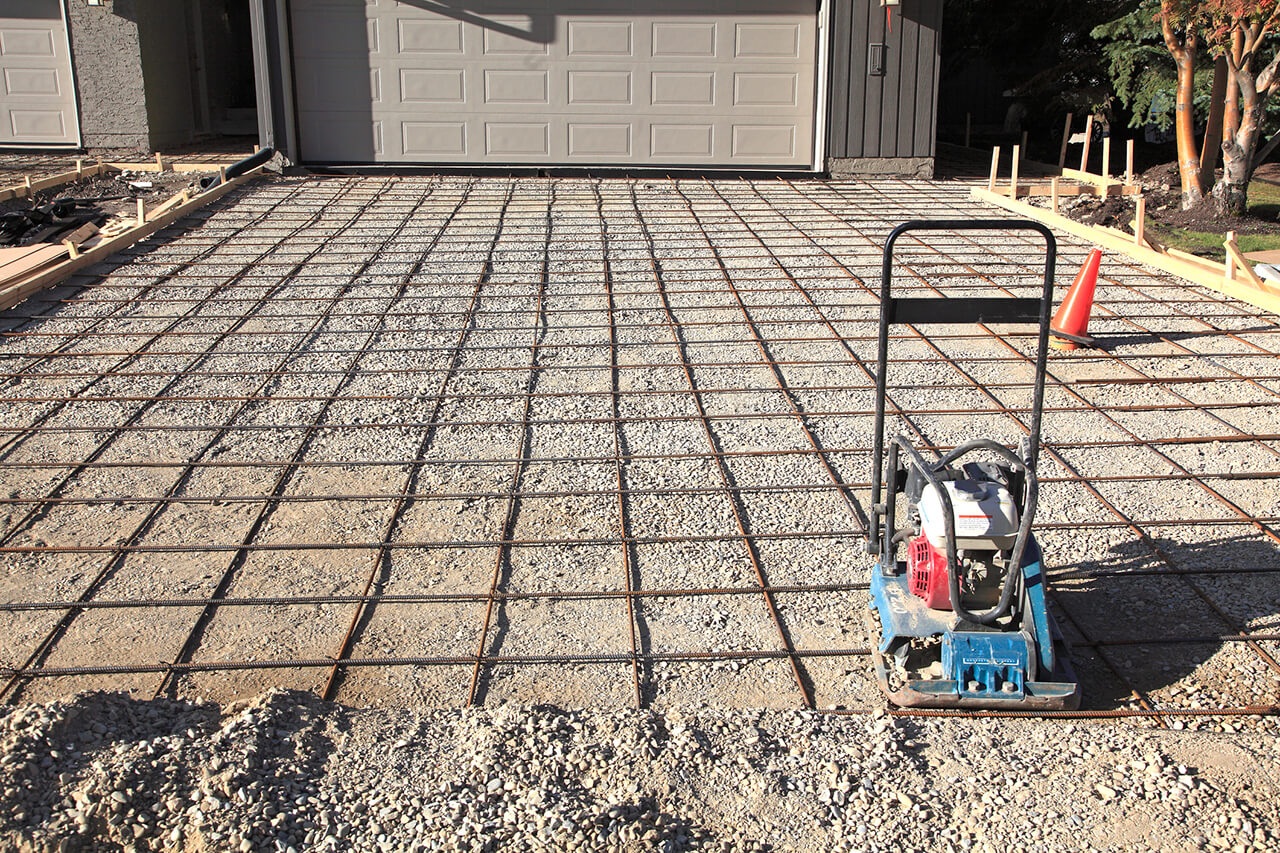How Much Does Trenching Cost in 2025?
Trenching costs an average of $950


The average cost to dig 100 linear feet of trench is $950, with most homeowners paying between $400 and $1,200.
Trenching costs range from $5 to $12 per linear foot for most projects.
Factors affecting cost include trench length, trench type, permits, and location obstacles.
Trenching is essential for installing underground utilities, drainage systems, and retaining walls.
Hiring professionals ensures safety, compliance with regulations, and efficient completion.
This article was updated using automation technology and thoroughly reviewed for accuracy by HomeAdvisor Editor Ryan Noonan.
The cost of trenching per foot ranges from $5 to $12 for most projects, with an average cost of $950 to dig 100 linear feet. Smaller projects may cost as little as $300, while extensive ones can reach $13,300, but the average range is between $400 and $1,200. Factors influencing cost include trench length, type, and necessary permits. Hiring trenching professionals ensures compliance with local regulations, safety from hazards, and expert results.
Trenching Cost Factors
Several factors influence the cost of digging a trench, with the trench length being the most significant. Other considerations include the type of trench needed and the cost of any necessary permits.
Trenching Price per Foot
Digging a trench costs $8 per linear foot when you hire a professional, which includes equipment and labor. If you have the right equipment and ample time, you can reduce the cost to about $2.25 per linear foot by doing it yourself. Keep in mind that hiring a pro ensures the job is done efficiently and safely.
Trenching Cost by Project
The type of project you’re doing has a significant impact on your total trenching cost. Here is a breakdown of common trenching projects and their associated costs, including labor, equipment, support materials, and cleanup.
| Project | Average Cost Range (All-In) |
|---|---|
| Drainage | $2,100–$6,800 |
| Electrical | $600–$2,100 |
| Water | $800–$3,000 |
| Sewer | $1,440–$5,720 |
| Gas | $300–$800 |
| HVAC | $5,000–$12,500 |
| Foundations | $5,100–$19,400 |
| Retaining walls | $3,200–$9,200 |
Drainage System
Installing a drainage system costs between $2,111 and $ 6,775 and is ideal for driveways or other paved areas.
An exterior French drain costs $20 to $30 per linear foot, while an interior system averages $45 to $60 per linear foot. French drains use gravity, gravel, and perforated pipes to drain water away from your home. They're popular and relatively inexpensive options, but they remove water more slowly than channel systems.
A trench or channel driveway drainage system costs about $70 per linear foot. It features a flush grate surface in the ditch to quickly redirect water and prevent pooling on the driveway.
Underground Electrical
Installing electrical wiring or a panel usually costs between $600 and $2,100. Larger properties, having multiple outbuildings or an unusual layout, can increase the project price.
While you can dig the trench yourself, if you have the equipment and know-how, the actual utility installation is not a DIY job. Only hire a licensed electrician; electrician costs range between $50 and $100 per hour. Most states require a qualified electrician to carry out all electrical work, however small.
Several home projects require electrical trenching:
Surveillance cameras: Installing a security system costs an average of $1,300.
Indoor/outdoor outlet: Homeowners pay an average of $230 to install or replace electrical and ground-fault circuit interrupters. To ensure outdoor outlet safety, invest in covers that protect from exposure to water.
Lighting: The average cost to install a lighting fixture is $600.
Swimming pool/hot tub: In-ground swimming pool installation costs an average of $6,600. A typical turn-key pool package includes the electrical system needed. In-ground hot tubs cost between $4,000 to $15,000, including the digging and electrical and plumbing work.
Water Lines
For most homeowners, installing a water main costs between $800 and $3,000. This is not a DIY job. Instead, hire a licensed professional plumber to do the work from the beginning to avoid higher costs down the road. Regional temperatures may affect the type of pipe you can use. Copper pipe is a popular choice for most climates, but it adds $10 to $20 per linear foot to your total.
Other projects that require this include:
Well work: Drilling or digging a well costs an average of $9,200. Most homeowners spend $1,900 to install or replace a well pump, but prices vary based on pump type. Repairing a well pump runs about $970.
Sprinkler system: The average cost to install a sprinkler system is $2,500. Before digging and installing pipes, have a professional check for existing pipes and wires.
Water heater: The average cost to install a water heater is between $900 and $1,800. Invest in an expansion tank to prevent pipes from bursting.
Sewage System
Installing a sewer main costs between $1,430 and $5,800. The biggest cost factor is the property type. The type and location of the property, as well as the landscape, determine how challenging the job is, the length of the trench, the distance from the main connector line, and what permits are necessary.
Four-inch PVC pipe adds approximately $1–$9 per linear foot. Plastic pipe ties easily into older systems.
Permits and regulations are a factor in any sewer-related project. If a city or county isn't responsible for installing sewer lines, hire a professional.
Gas Pipes
Installing or repairing gas pipes costs between $270 and $940. The kind of gas used and the appliance to which the line connects determine the type of pipe. The cost of a geothermal heating or cooling system runs between $4,500 and $26,700.
If you're using two-inch black steel pipe or copper pipe, expect to pay $7 to $15 per linear foot.
Foundation
On average, excavation and grading cost between $1,600 and $6,700. The area's terrain and geology influence cost. Difficult terrain, challenging geology, and steep grading increase difficulty, labor, and, therefore, cost.
The price of a foundation project ranges from $4,000 to $14,900, but the material it's made of can increase or decrease that number. For example, a monolithic concrete slab costs about $4 per square foot, but a basement foundation costs about $18 per square foot.
Retaining Walls
Certain types of retaining walls need trenches. The price of installing a retaining wall costs most homeowners between $3,200 and $9,210. This is the price for the entire project, including trenching.
Permits
Permit costs for trenching vary widely depending on your location, but range from $500 to $2,000. Working with a pro means they’ll be familiar with local regulations and can assist in the permitting process for your project.
DIY vs. Hiring a Trenching Pro
While digging a trench yourself can save on labor costs, the project will likely take much longer than if handled by professionals. Trenching is physically demanding work that requires significant time and effort, and it comes with potential safety hazards. Before deciding to DIY, consider whether you have the necessary equipment, knowledge, and physical ability.
Hiring a professional trenching contractor ensures the job is done efficiently and safely. Experienced excavation professionals can dig the trench quickly and handle the cleanup, saving you from the strenuous labor while ensuring safety and compliance with local regulations.
How HomeAdvisor Gets Its Cost Data
No place is more important than your home, which is why HomeAdvisor connects homeowners with local pros to transform their houses into homes they love. To help homeowners prepare for their next project, HomeAdvisor provides readers with accurate cost data and follows strict editorial guidelines. After a project is complete, we survey real customers about the costs to develop the pricing data you see, so you can make the best decisions for you and your home. We pair this data with research from reputable sources, including the U.S. Bureau of Labor Statistics, academic journals, market studies, and interviews with industry experts—all to ensure our prices reflect real-world projects.
Frequently Asked Questions
The depth of your trench depends on your project's needs and local regulations. Standard trenches are usually 12 to 24 inches deep and about eight inches wide. Specific installations have exact requirements—for example, water pipes need to be buried 24 inches deep, while drainage systems may require a depth of 36 inches. Understanding these dimensions helps with proper planning and ensures utilities are installed safely.
Boring and trenching are different methods for installing underground utilities. Boring uses directional drilling to install utilities without digging a continuous trench, minimizing surface disruption—ideal when you want to preserve your landscaping. Trenching involves digging an open channel where utilities are placed before backfilling, which provides direct access but causes more disturbance to the surface.
Digging a trench for 100 linear feet requires 12 hours of work. The total time is affected by factors such as rocky soil, tree roots, and other obstructions along the path, which demand additional effort and planning. This precise scheduling insight helps in project planning and ensures that the work is completed on time, with all conditions carefully accounted for.
Yes, you'll likely need to lay sod after trenching to restore your lawn's appearance. It typically takes 30 to 45 days for new sod to root firmly and blend with your existing grass. Consider consulting a local sod specialist to get accurate timelines and ensure the restoration looks great and functions well.








